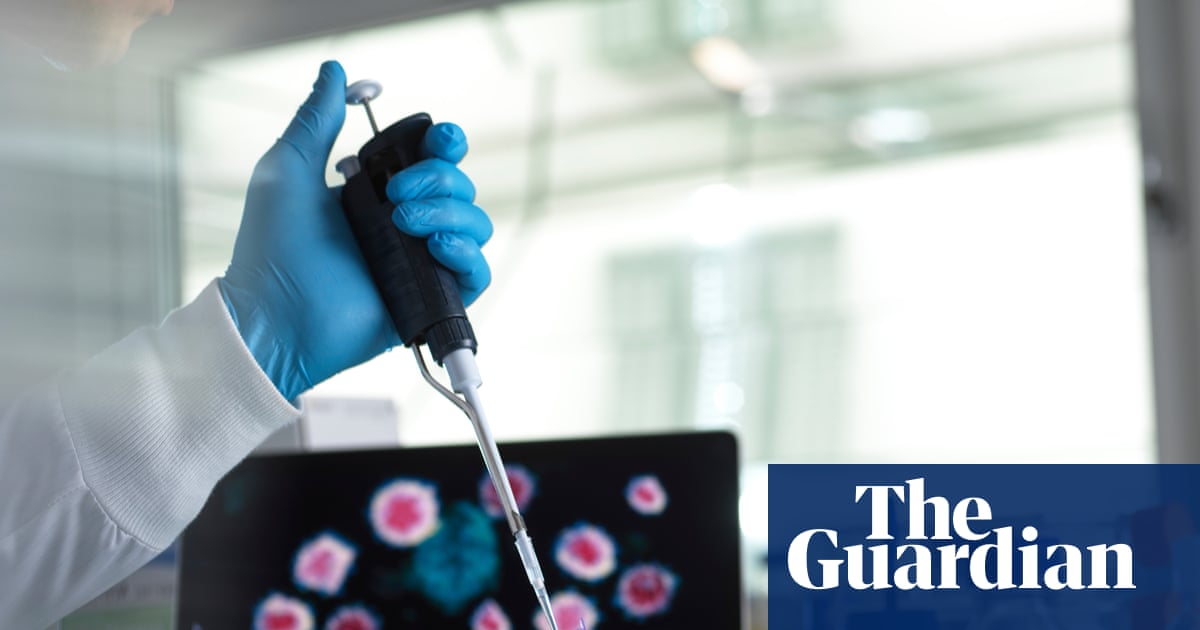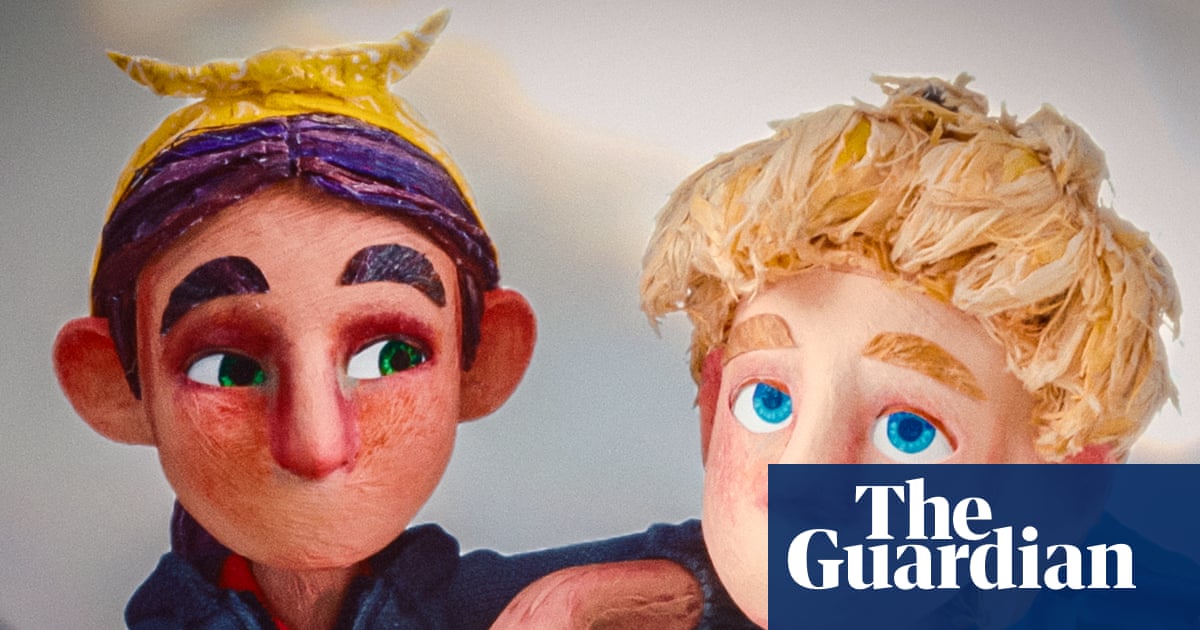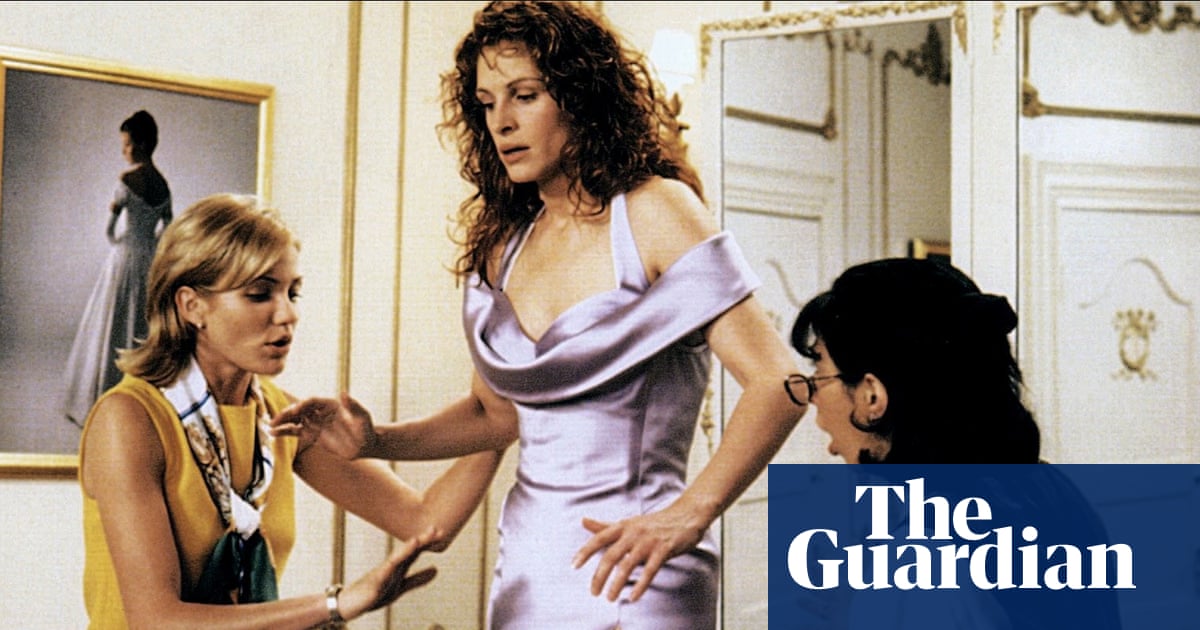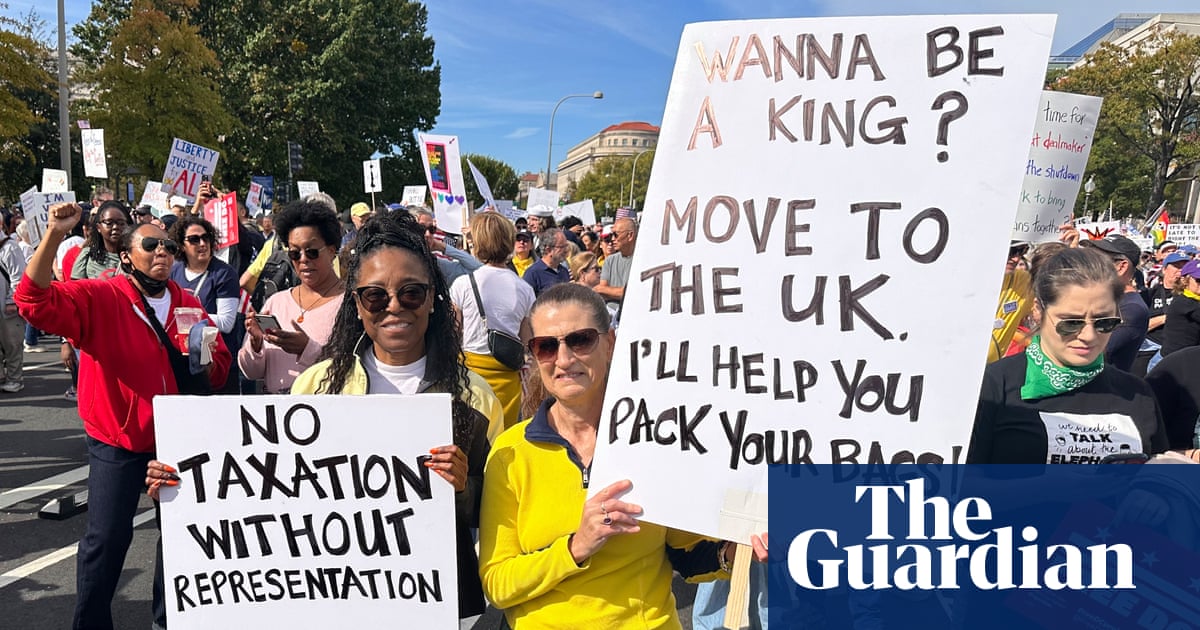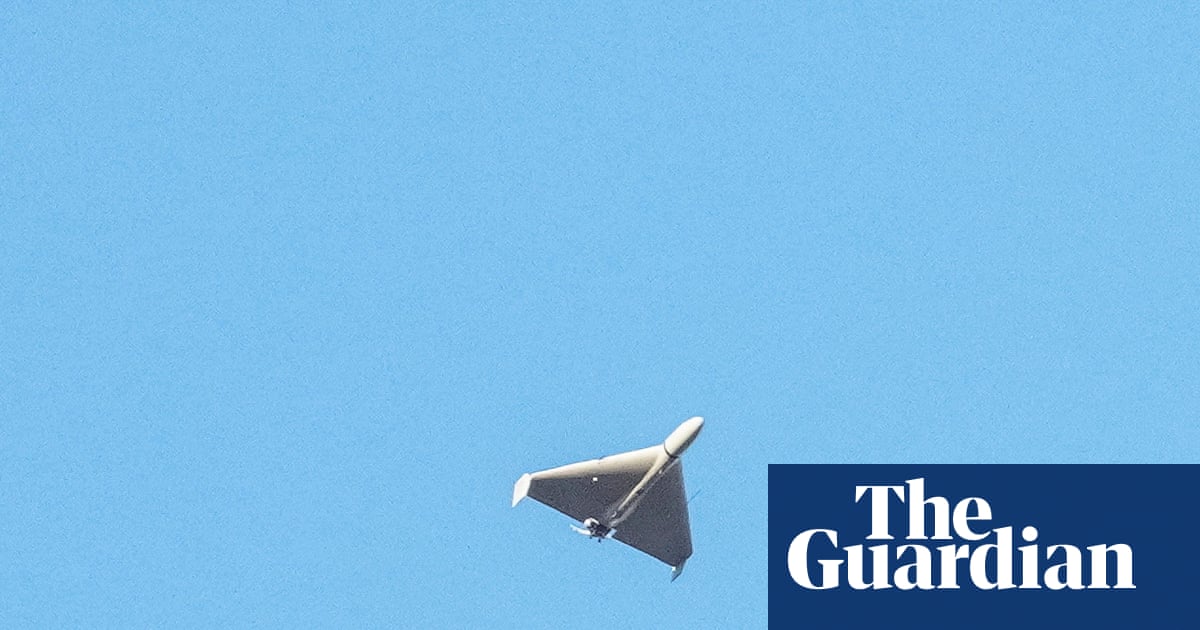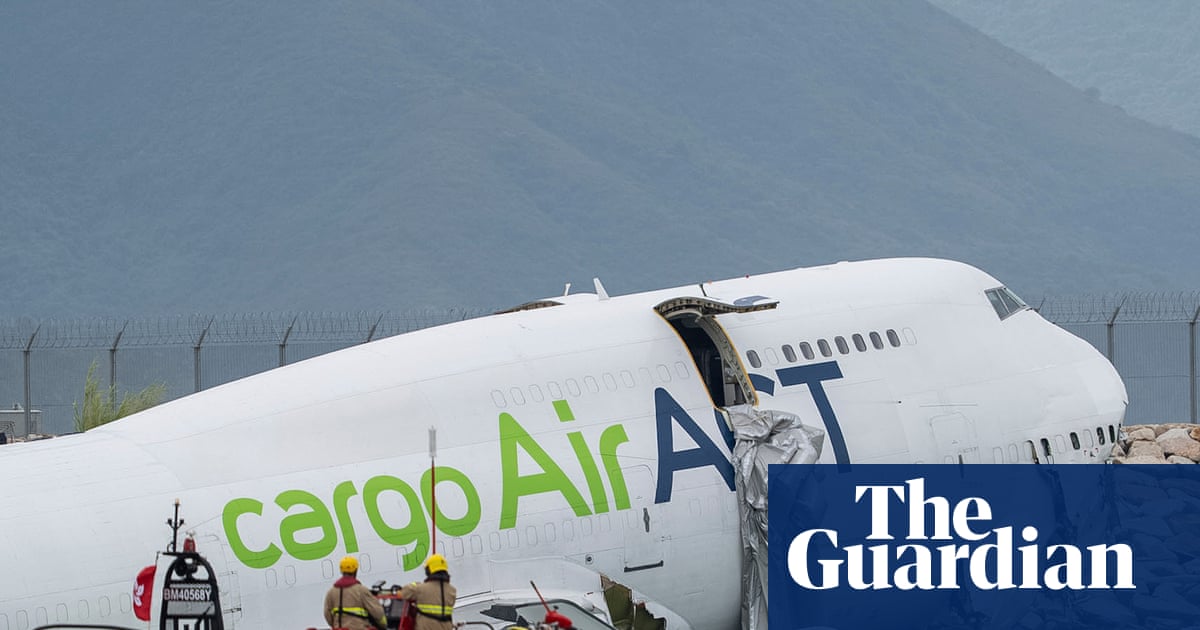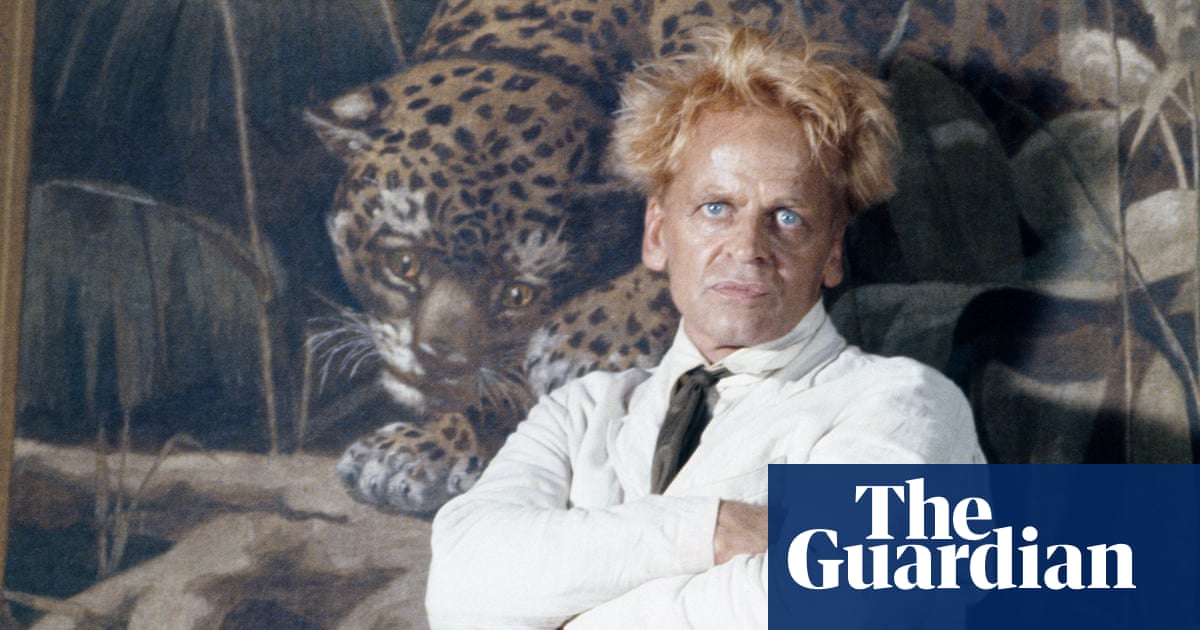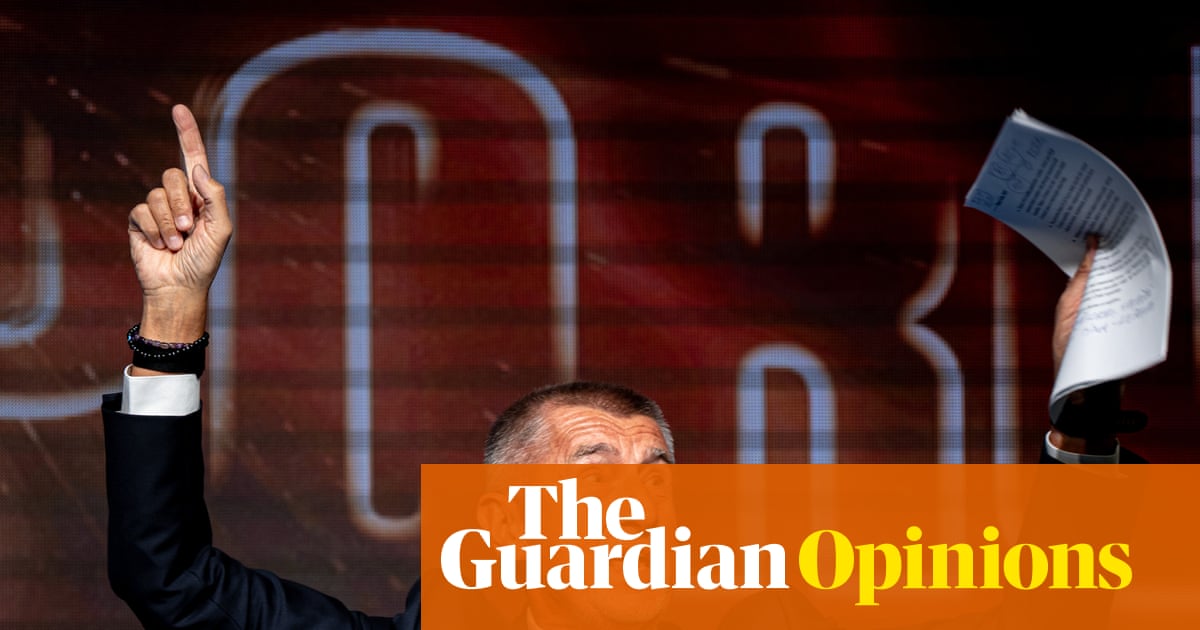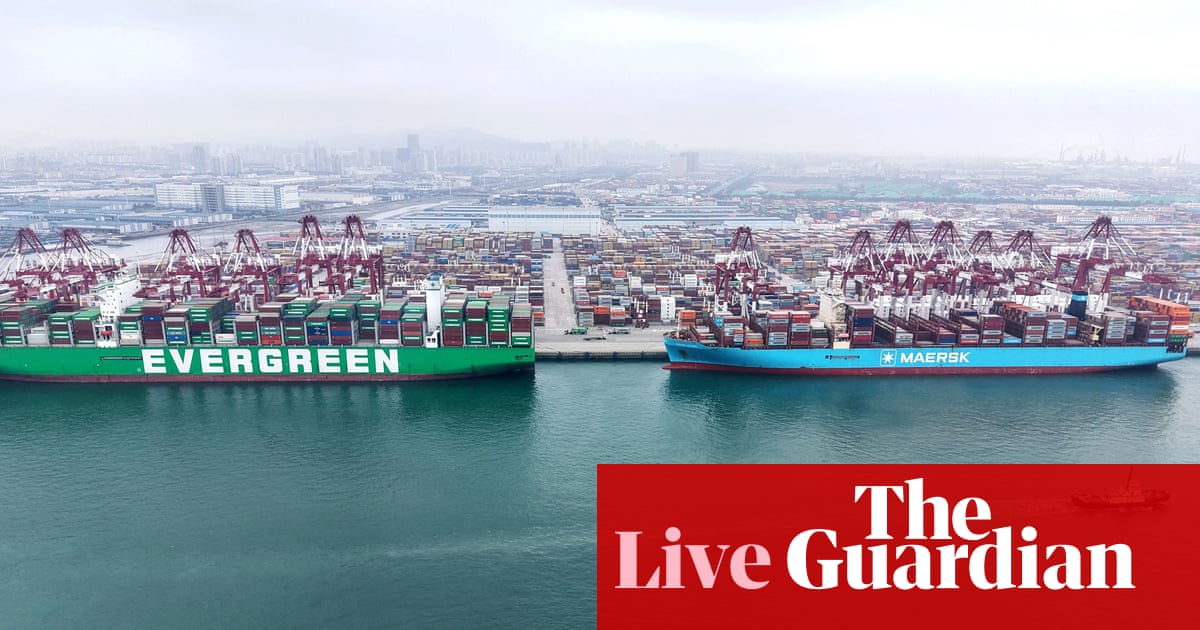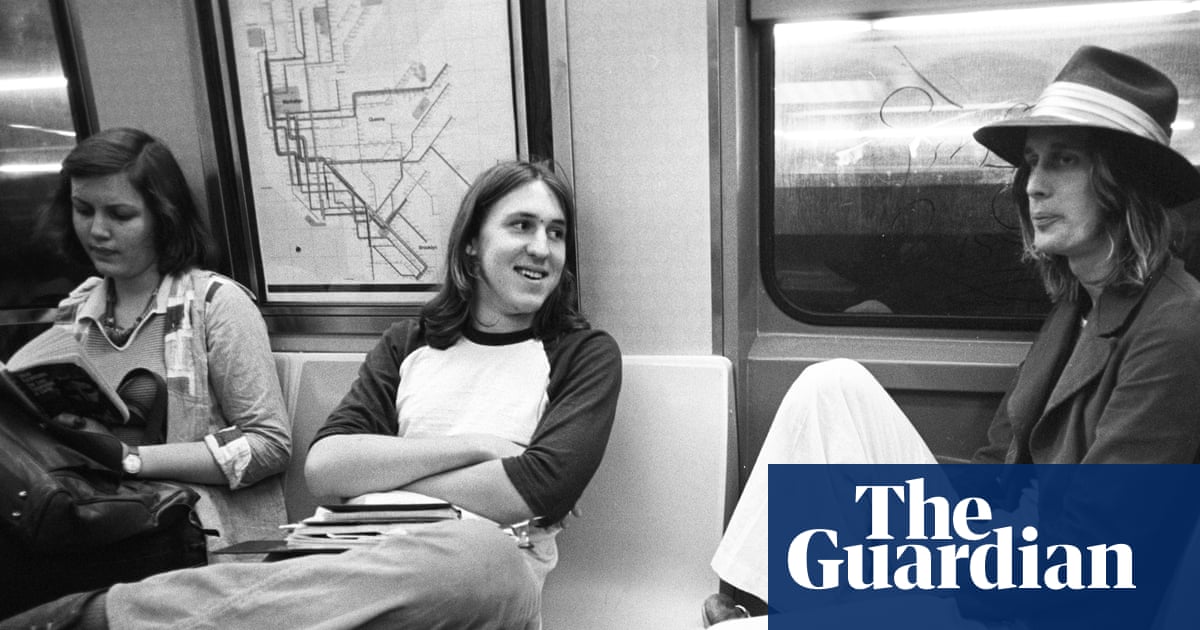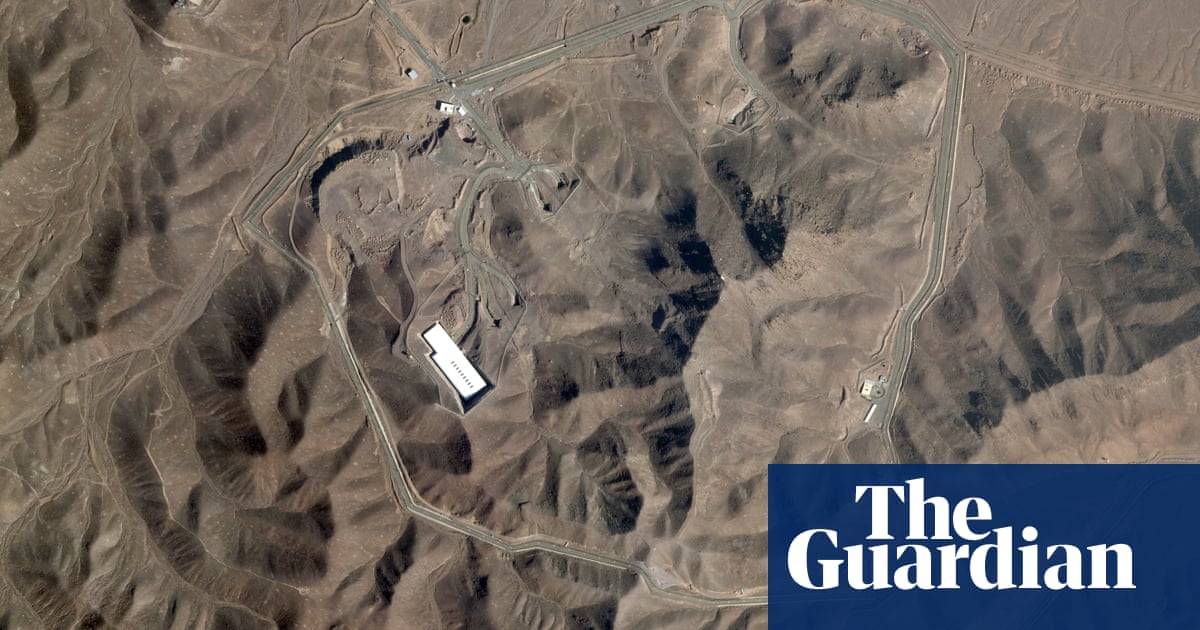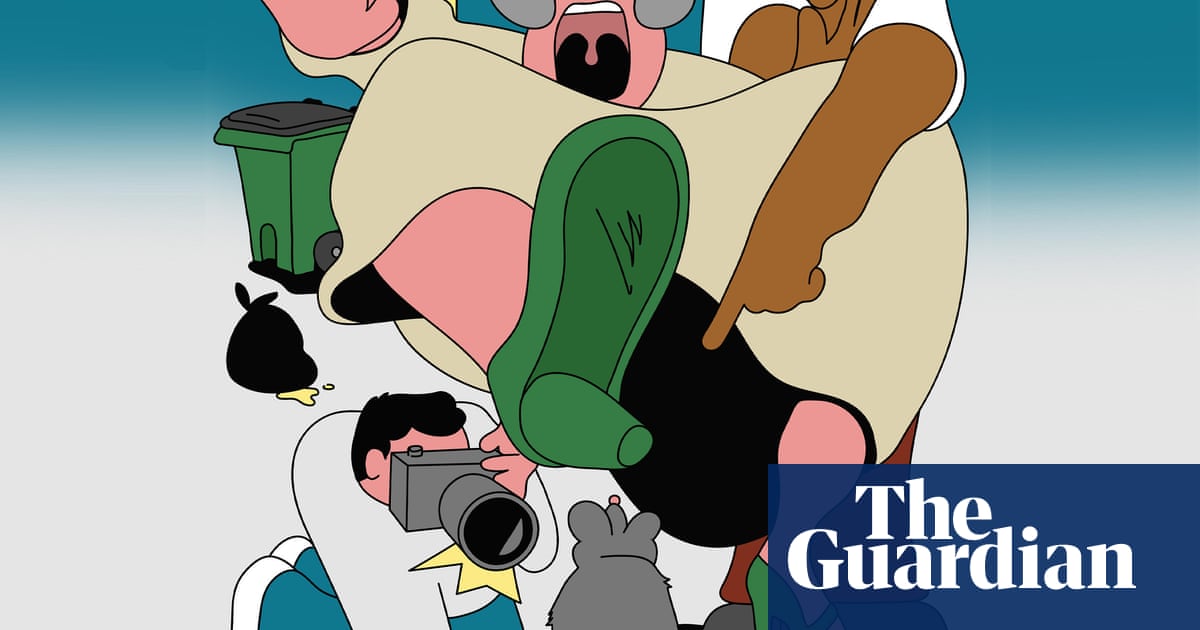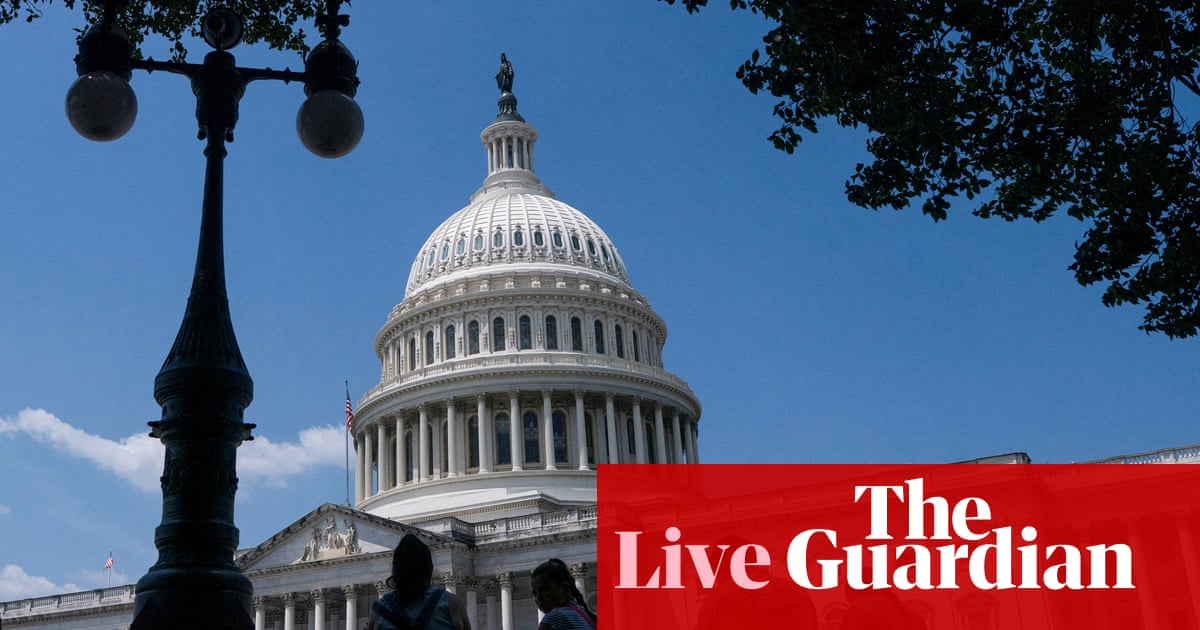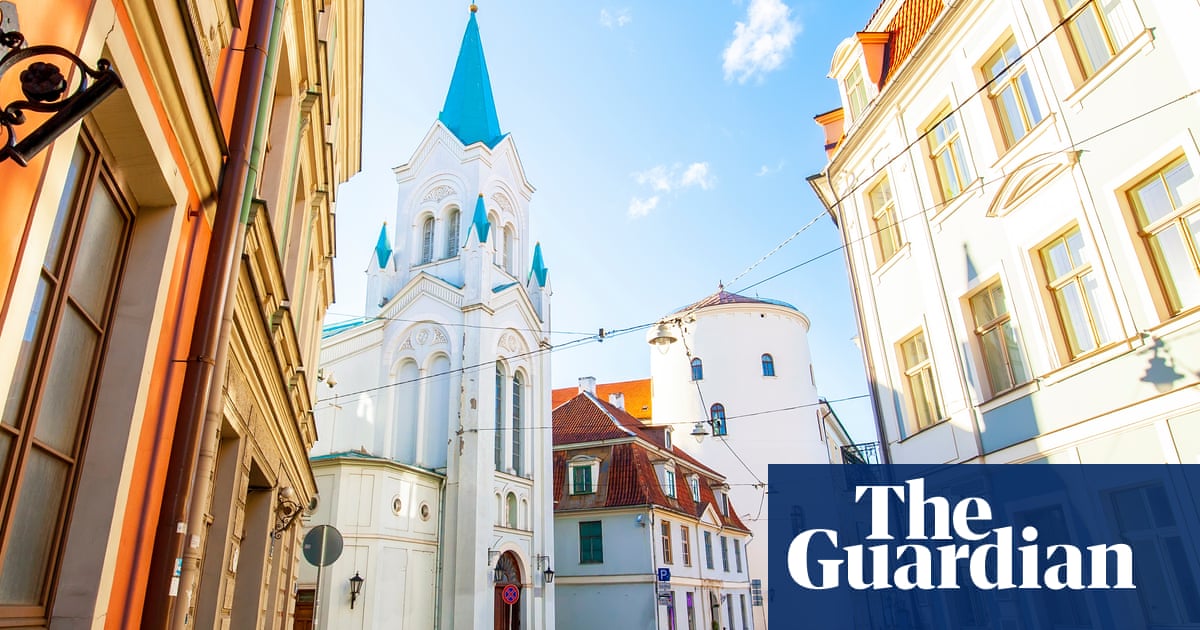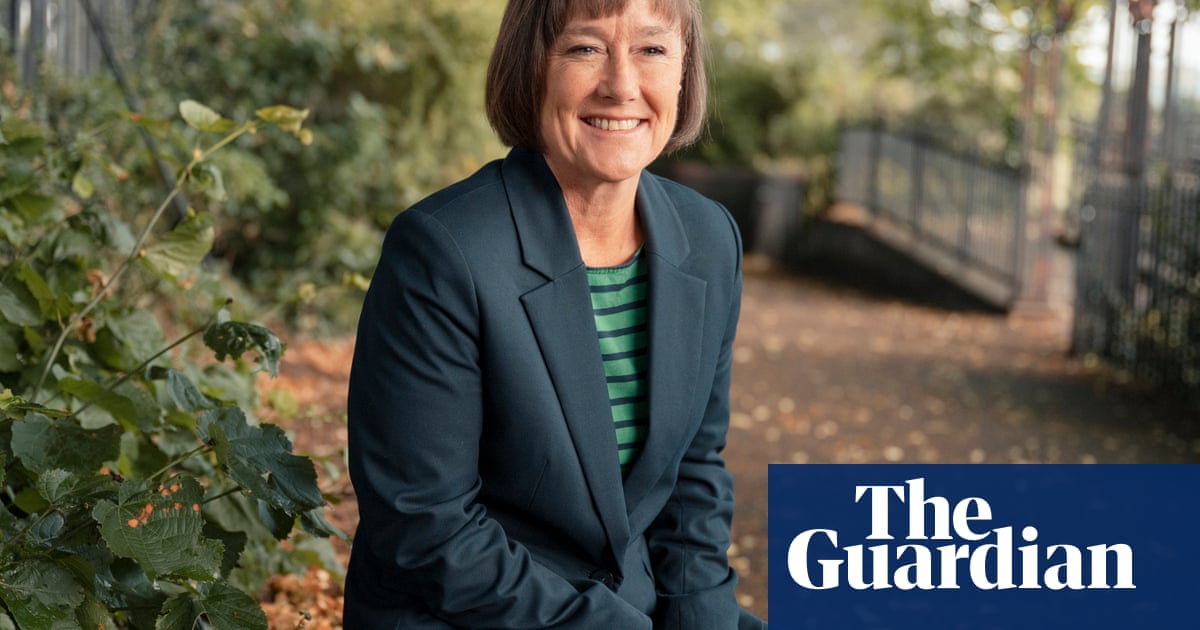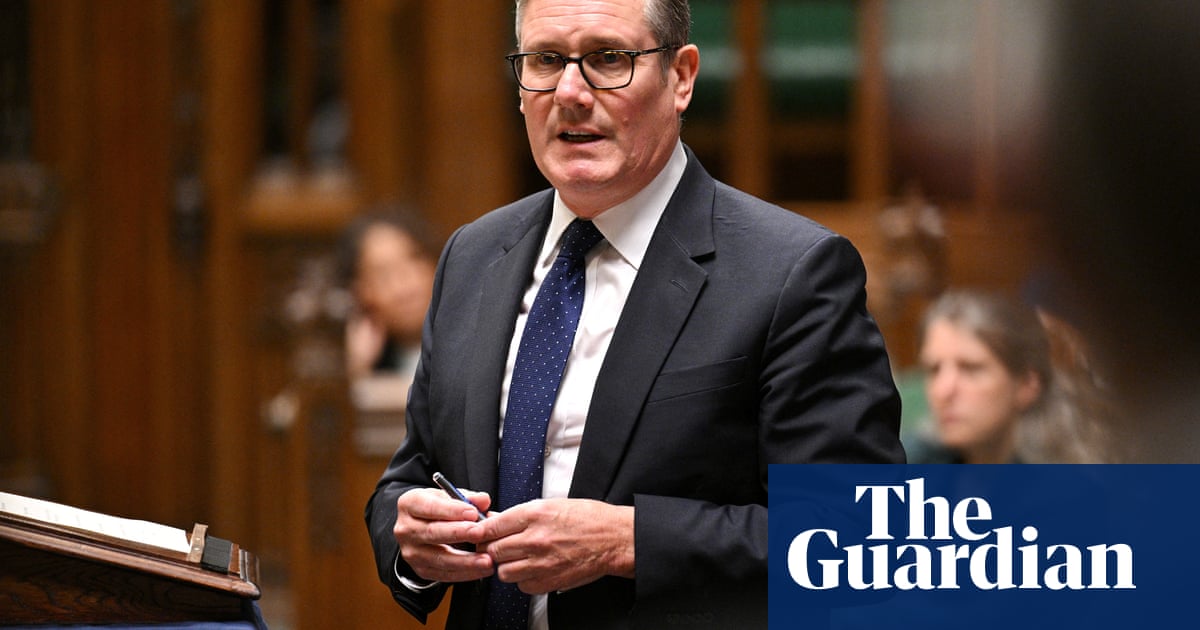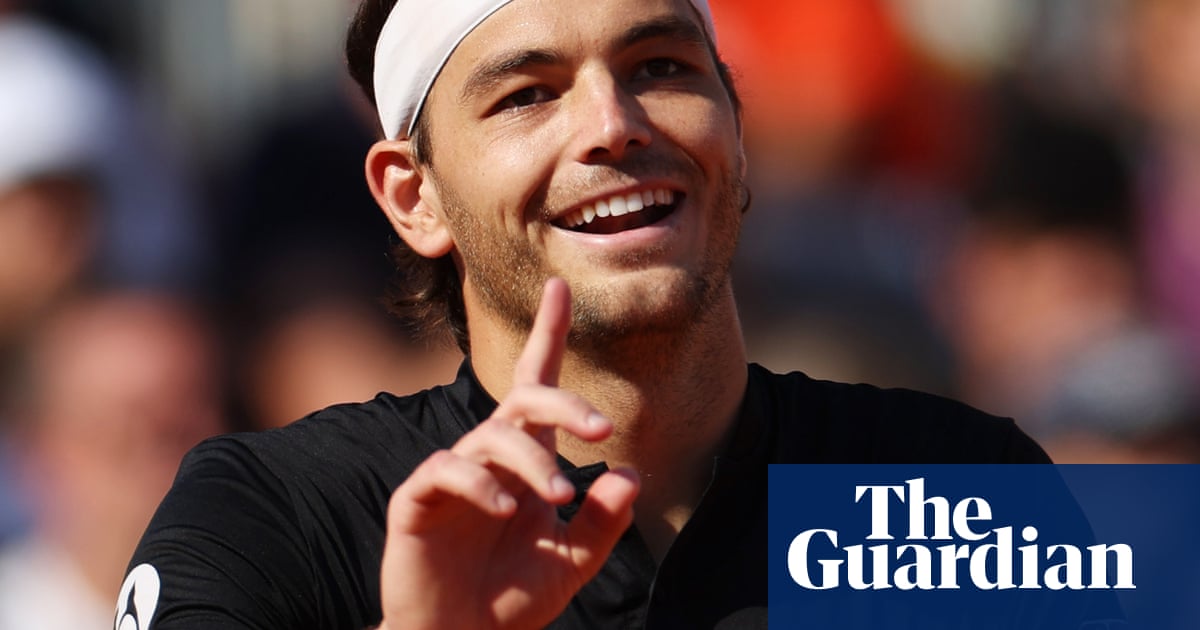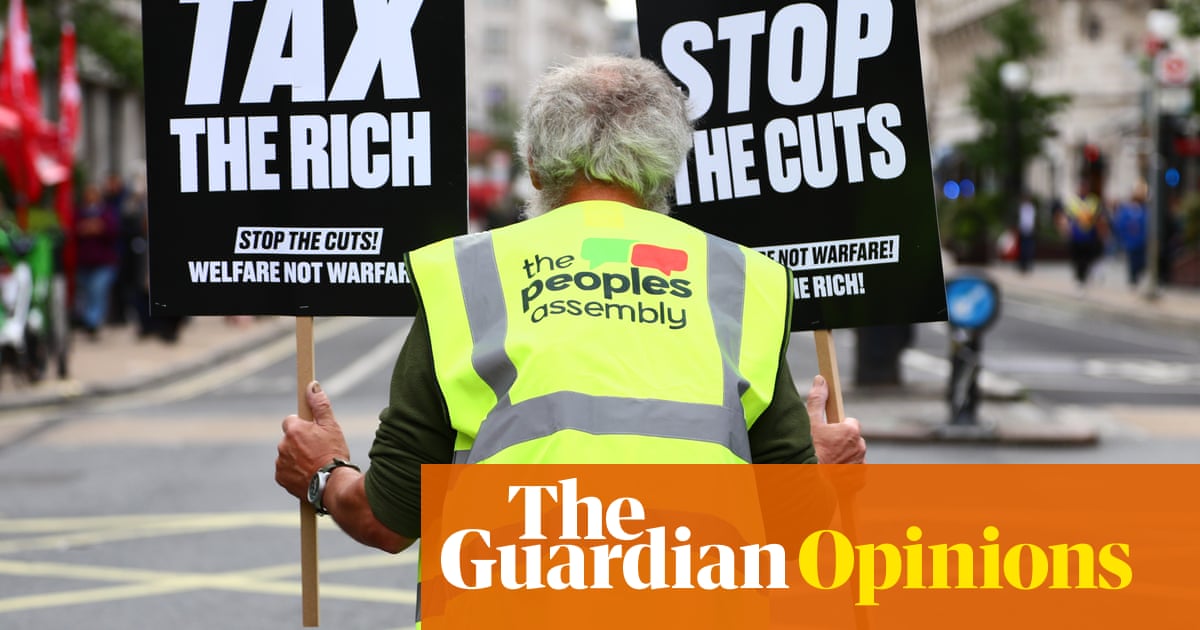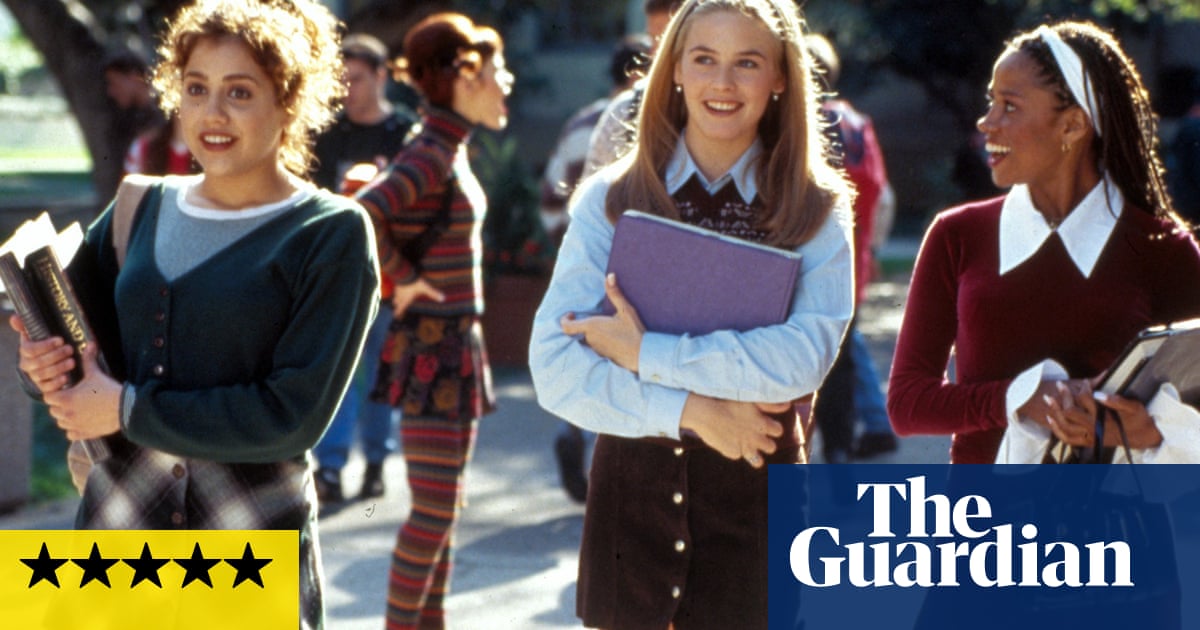A dark joke is doing the rounds in adland that Wire and Plastic Products, the Kent-based basketmaker that Martin Sorrell bought 40 years ago as a vehicle to build a global advertising giant, might outlast WPP.
For decades the financial success and dominance of WPP – its 100,000 employees service global clients from Ford to Coca-Cola – has been the corporate manifestation of Britain’s shining reputation for creative advertising.
WPP has housed some of the most prestigious agency networks – from J Walter Thompson to Young & Rubicam – producing globally resonant campaigns such as Dove’s Real Beauty, which challenged stereotypical portrayals of women.
Among WPP’s greatest hits are the unlikely pairing of the Sex Pistol John Lydon with Country Life butter, and decades of work for Coca-Cola, including Ogilvy convincing the company to replace its logo on bottles with personal names – a global phenomenon still on shelves 12 years later.
But now, as WPP struggles to stem a growing exodus of clients worth billions of pounds and deal with an existential race to match the AI and data capabilities of rivals, there is hitherto unthinkable talk of a breakup.
“WPP ruled the world at one point, it was like the British empire,” said one industry executive. “It was symbolic of UK success and the country’s status as the global home for advertising.”
Chapter closes on Read
In August, a profit warning and dire forecast of revenue decline for this year sent WPP’s shares plummeting to their lowest level since the 2008 financial crisis, marking the end of a brutal seven years as chief executive for Mark Read.
A market capitalisation of just £4bn – compared with its £25bn valuation eight years ago, when WPP was the world’s largest marketing services company – has left the business at risk of falling out of the FTSE 100 index it joined almost three decades ago.
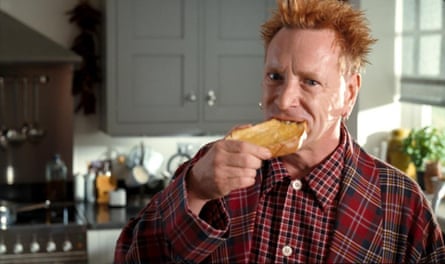
“Another profit warning could push it out and WPP is up against it,” said Alex DeGroote, a media analyst. “I was in the room with Sorrell when the business entered the FTSE 100 in 1998 – the jubilation. The situation WPP finds itself in now is almost unthinkable. WPP is extremely vulnerable, it is [potentially] facing a takeover or breakup.”
For WPP’s board, led by former BT chief executive Philip Jansen, the final straw for Read came on the first weekend in June when Mars informed the company that it was losing its $1.7bn (£1.3bn) global snacking and petcare business. Read resigned on the Monday morning.
Read’s strategy was to simplify a sprawling operation to create – or give the appearance of creating – a group fit for an AI future. The move saw the disappearance of some of the most famous brands in advertising.
“It was a bashing and crashing of names that were linked to ‘old’ advertising, it was a mess,” said a former senior WPP agency executive. “He killed off the brands. Clients certainly didn’t understand why a JWT, Grey, Wunderman or Y&R had to go, they were treasured trophies.”
Others argue that Read has laid the groundwork for a turnaround and that WPP’s fall was already evident under Sorrell. Its market value fell from £25bn to £16bn over the founder’s last year in charge.
“In Mark’s defence, Martin did leave him with a shitshow,” said another former senior WPP executive.
WPP has been investing £300m a year in AI tools to enable it to make ads cheaper and faster and has 70,000 employees using its tech platform, WPP Open.
However, concerns are growing among the rank and file over job cuts with AI poised to take over swathes of the company’s creative, media and data processes.
“The place where the fear is most present is lower down, in entry-level positions where you come in and learn the business,” said one staffer. “Grunt work, data, consumer insight: AI can write you a competitive review with creative embedded in it and market segmentation in 2.5 minutes. That would have been two weeks work for two or three graduate-level people.”
Publicly, advertising chief executives talk of limited cuts – a “rebalancing” as most staff learn the skills required in an AI-driven future.
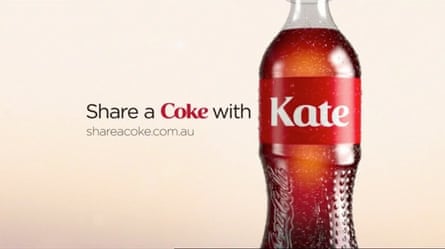
One executive said they had noted a perhaps surprising and counterintuitive impact of the introduction of AI: old dogs learning new tricks.
“Middle-aged traditional creatives, the ones that have built a career doing traditional TV ads and posters who you’d have thought would be the most at threat of extinction, are moving very fast, teaching themselves how to master developments with generative AI to survive.”
Tough competition
In the ad market, WPP is being heavily outgunned – principally by France’s Publicis Groupe, which took its crown as the biggest ad group in the world by revenue last year.
Publicis has seen its share price increase almost 200% in five years, giving a market value of €21bn (£19bn). It is led by the seemingly indefatigable Arthur Sadoun, who is described by more than one industry executive as reminding them of “Sorrell in his prime”.
“Publicis, which not that long ago was struggling, has been an incredible story,” said one city source. “They have a very similar asset mix to WPP, and they have consolidated traditional agencies in the same way, but what is key is that their digital assets have outperformed.
“Sadoun is a really good salesman, he’s charming, relentless and clients want to work with him, something that you could argue has been lacking at WPP.”
US-based rivals Omnicom and IPG have each seen their shares appreciate just more than 50% over the same period, with market capitalisations of $15bn (£11.2bn) and $9.7bn respectively.
WPP has asked Cindy Rose, a former Microsoft executive, to engineer a turnaround.
Earlier this month, she unveiled a five-year $400m partnership with Google to embed AI products such as Gemini and the video generator Veo into WPP Open.
Rose, who has also worked at Virgin Media, Vodafone and Disney, is said by insiders to have been “client-obsessive” in constant meetings in New York and London.
“She is not here to glaze anything,” said a source who has spent time with Rose since she took over as chief executive last month. “She is very clear-eyed about the challenges and is determined to move fast to turn it around.”
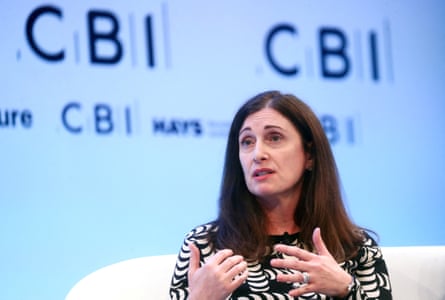
Given the state of WPP’s business, analysts believe she may have only a year to save it. Read sold off assets including the market research group Kantar and used the proceeds to help pay down debt.
However, lower operating profits – down 35% year-on-year in the first half of 2025 – raise doubts about WPP’s “interest cover” – a measure of a company’s ability to pay down debt. Of more fundamental concern is an operating margin that fell from 11.5% in the first half of last year to 8.2% in the first six months of 2025. By comparison, the figure for Publicis is just more than 18%.
“I cannot ever remember margins being anywhere near as low as that,” said DeGroote. “It is shocking really. With Rose they have gone for the Silicon Valley touch. She will be given a year to work out whether there is a tech turnaround story here, if not the board will mandate her to break WPP up.”
Despite the immense pressure on WPP, there are signs that investors believe the business may have hit its nadir and be set to bounce back.
WPP Media, which manages more than $60bn in global media investment in campaigns for clients, has always been the revenue and profit driver for the company. WPP Media on its own is worth more than the approximate £7.5bn enterprise value of WPP, which includes its debt.
A number of investment funds have increased their position in WPP, sensing a bargain as change looms under Rose, but the question is whether the ad giant can convince clients and investors quickly enough.
“Investors are scared of being on the wrong side of AI,” said the City source. “It is the biggest theme in markets globally. It feels as though WPP is on the wrong side of that trade at the moment.
“Advertising clients are fickle, there is a contagion to winning and losing. The worry is that the decline is baked in. But change comes when you are on the precipice of disaster. I would never write WPP off.”
WPP and Sorrell declined to comment.

.png) 4 hours ago
4
4 hours ago
4


